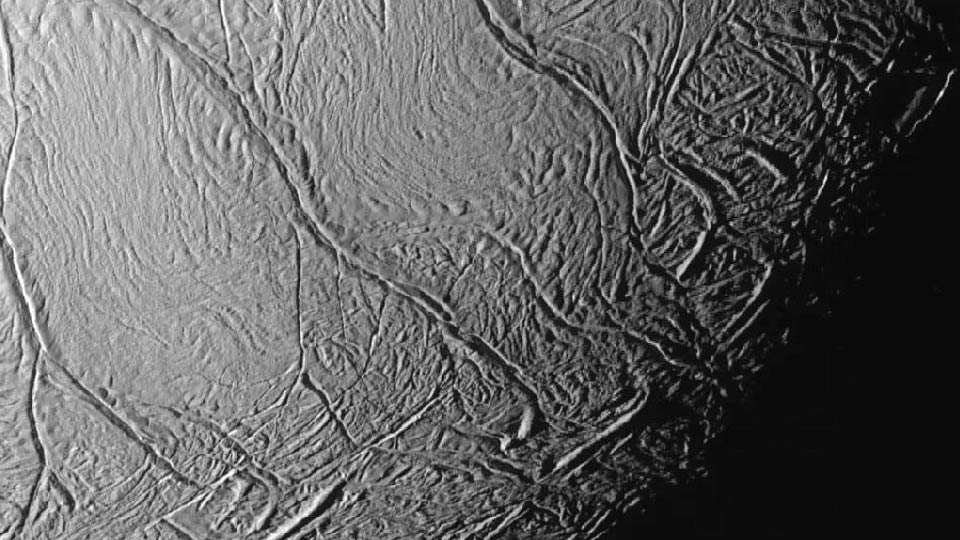Vaccines, Vol. 12, Pages 267: Toward a SARS-CoV-2 VLP Vaccine: HBc/G as a Carrier for SARS-CoV-2 Spike RBM and Nucleocapsid Protein-Derived Peptides
Vaccines doi: 10.3390/vaccines12030267
Authors: Ivars Petrovskis Dace Skrastina Juris Jansons Andris Dislers Janis Bogans Karina Spunde Anastasija Neprjakhina Jelena Zakova Anna Zajakina Irina Sominskaya
Virus-like particles (VLPs) offer an attractive possibility for the development of vaccines. Recombinant core antigen (HBc) of Hepatitis B virus (HBV) was expressed in different systems, and the E. coli expression system was shown to be effective for the production of HBc VLPs. Here, we used HBc of the HBV genotype G (HBc/G) as a technologically promising VLP carrier for the presentation of spike RBM and nucleocapsid protein-derived peptides of the SARS-CoV-2 Delta variant for subsequent immunological evaluations of obtained fusion proteins. The major immunodominant region (MIR) of the HBc/G protein was modified through the insertion of a receptor binding motif (RBM) from the S protein or B-cell epitope-containing peptide from the N protein. The C-terminus of the two truncated HBc/G proteins was used for the insertion of a group of five cytotoxic T lymphocyte (CTL) epitopes from the N protein. After expression in E. coli, the MIR-derived proteins were found to be insoluble and were recovered through step-wise solubilization with urea, followed by refolding. Despite the lack of correct VLPs, the chimeric proteins induced high levels of antibodies in BALB/c mice. These antibodies specifically recognized either eukaryotically expressed hRBD or bacterially expressed N protein (2–220) of SARS-CoV-2. CTL-epitope-containing proteins were purified as VLPs. The production of cytokines was analyzed through flow cytometry after stimulation of T-cells with target CTL peptides. Only a protein with a deleted polyarginine (PA) domain was able to induce the specific activation of T-cells. At the same time, the T-cell response against the carrier HBc/G protein was detected for both proteins. The neutralization of SARS-CoV-2 pseudotyped murine retrovirus with anti-HBc/G-RBM sera was found to be low.

 1 month ago
12
1 month ago
12


